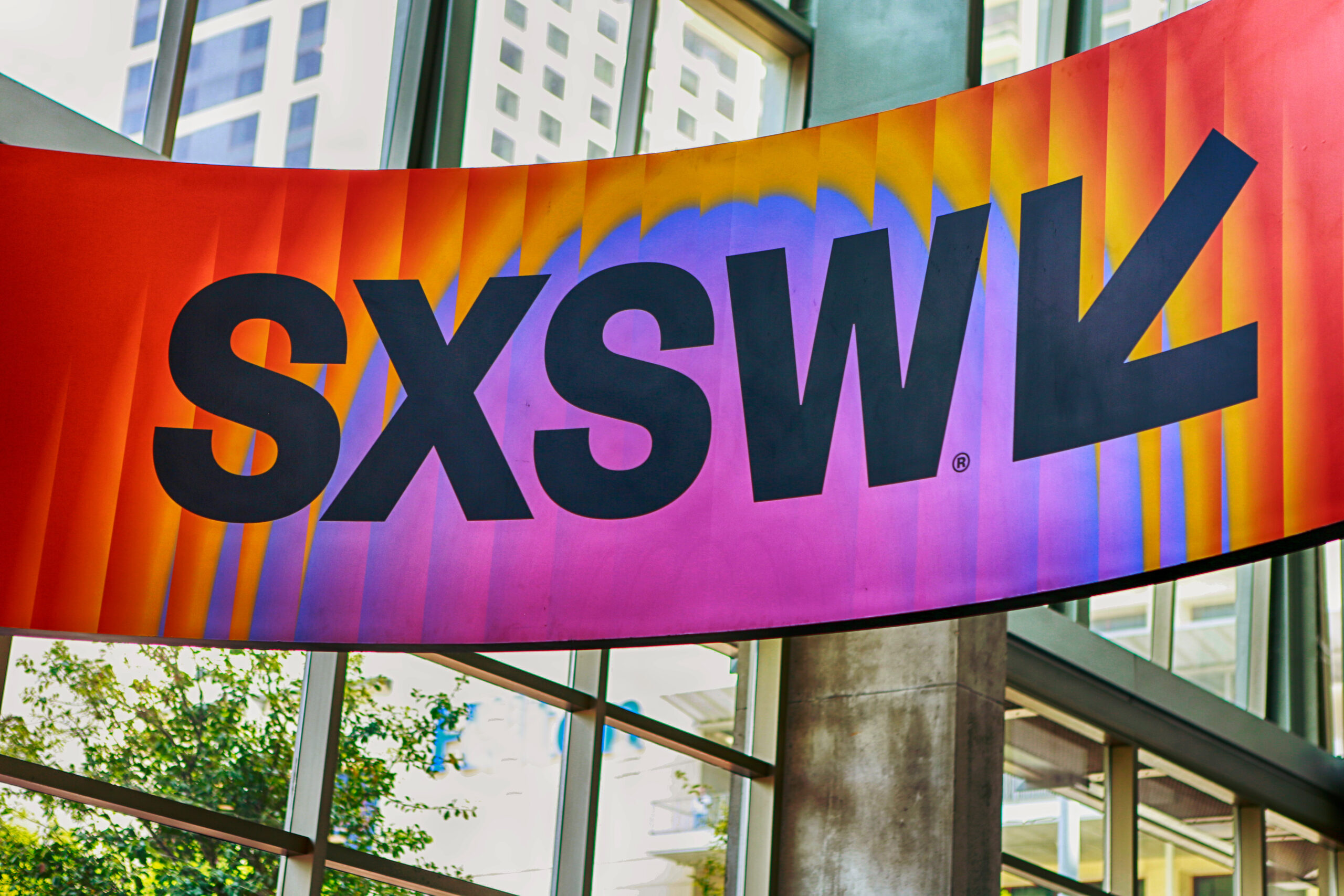It Was Messy from the Start
People see SXSW now and think it must have always been this way—polished, sprawling, international. But the truth is, the first year of SXSW was chaos. Beautiful, maddening, joyful chaos. There was no template, no step-by-step plan. Just a handful of us who believed Austin deserved something more, something bigger than bar gigs and scattered screenings.
We didn’t know what we were building. We just knew we had to build it.
The Origin Story (Without the Gloss)
SXSW was born in the offices of The Austin Chronicle, where I spent most of my time writing, editing, and dreaming up ways to spotlight the artists, musicians, and misfits that made Austin what it was. I wasn’t alone—Roland Swenson, Nick Barbaro, and a few others were dreaming right alongside me. We’d seen how local talent struggled to break out beyond our city limits. We saw the cultural potential, but nothing existed to connect the dots.
So we said, “Let’s make something happen.”
It started with music. The idea: bring together independent artists, industry people, and fans in one place to showcase talent and start conversations. Simple, right?
Except none of us had run a music festival. We had no real budget. We used the Chronicle phones to make cold calls, and we begged friends to let us use venues. We designed logos, printed flyers, and licked envelopes. It was DIY in the truest sense. If it looked organized from the outside, it was only because we were sweating buckets behind the scenes.
The Opening Weekend That Nearly Swallowed Us
When that first SXSW finally launched in March 1987, we were in over our heads. Registration opened in a tiny hotel room. We were handing out badges with sharpies and paper clips. The signage was handwritten. The city got hit with an unexpected cold front that weekend, and we were scrambling to get heaters and blankets into venues.
Bands got lost. Panels ran late. I remember standing outside a venue at midnight trying to convince a bouncer to let one more artist inside because “he’s supposed to be on stage in five minutes.” We weren’t running a festival, we were barely holding onto it.
And yet… people came. The rooms were full. The energy was electric. Everyone knew this thing wasn’t perfect, but they also knew it was real. It was alive.
What We Got Right (and What We Got Very Wrong)
We didn’t have the fanciest venues, but we had spirit. We didn’t have sponsors, but we had a city that cared. And even though things broke, fell apart, or didn’t go according to plan, we kept showing up.
Looking back, I think what we got right was heart. We built SXSW with love. Love for artists. Love for Austin. Love for the kind of culture that doesn’t show up on red carpets but grows in dive bars, coffee shops, and late-night jam sessions.
What we got wrong? Oh, plenty. We underestimated attendance. We overestimated how much sleep we’d get. We had no system for lost badges. We didn’t have the technology or the team to run things “properly” and somehow, that was exactly what made it work.
SXSW Was Always About More Than Music
By year two, we expanded into film and multimedia. Why? Because artists never stick to one medium. Musicians make films. Filmmakers write essays. Tech folks create platforms for both. We knew SXSW couldn’t be boxed in, because creativity doesn’t follow schedules or formats and neither did we.
I’ve always said that The Chronicle was the home, but SXSW was the playground. It was where ideas ran loose, where weirdness wasn’t just accepted, it was encouraged.
And that idea—that the misfits deserved a megaphone—was the thread through everything I’ve done.
What I Wish More People Knew
The truth is, we didn’t know what SXSW would become. There was no five-year plan, no dream of international recognition. All we wanted was to give Austin’s artists a real stage. That first year, we thought if 150 people showed up, it’d be a success. Instead, hundreds more did.
We didn’t build SXSW to impress anyone. We built it because we couldn’t not build it. And that, I think, is why it worked.
Today, people see the badges, the sponsorships, the scale, but I hope they never forget it started with paper fliers, borrowed phones, and a whole lot of late nights.
Start Before You’re Ready
So here’s what I tell anyone chasing a wild idea: start before you’re ready. You won’t have all the answers. You’ll probably screw some things up. But if you care enough, and if you build it with heart, people will show up.
SXSW wasn’t born in a boardroom. It was born in a dusty office filled with music, laughter, panic, and possibility. It was imperfect. It was chaotic. It was glorious.
And I wouldn’t change a thing.
